King Crimson gigs are, it would seem, like buses – you wait 35 years for one and then 2 come along at once. I’m happy to say that I was able to attend both of their recent Edinburgh shows.
When I first discovered King Crimson back in 1979, the band had already ceased to exist, having split after their 1974 studio album Red. The band then reformed in a very different guise to release the Discipline album in 1981 and since then, a succession of line ups have toured and released albums. The band seemed destined, however, to come to a permanent end in 2012 when guitarist and leader Robert Fripp announced his retirement, commenting that business hassles had distracted from his ability to create music and had reduced it to “a joyless exercise in futility”. An announcement of a new “Seven Headed Beast Of Crim” line up in 2013 came as a complete surprise but with Fripp stating that “When music appears that only King Crimson can play, then, sooner or later, King Crimson appears to play the music” it was clear that he still had unfinished musical business to complete.
The current iteration of the band comprises three drummers – Pat Mastelotto, Bill Rieflin and Gavin Harrison along with Mel Collins on woodwinds, Tony Levin on basses and Chapman Stick and Jakko Jakszyk on guitar and vocals, and of course, Fripp – the band’s sole constant member since its foundation in 1968.
King Crimson have not played in Scotland since the 1974 split and anticipation is high. I can’t remember the last time that I experienced such a pre-gig buzz; people line up to have their photographs taken in front of the three drum kits that span the front of the stage. Conversations between audience members are of the “Have you seen them before?” variety. Regardless of the reply, the level of excitement is much the same. Whether they be veterans who have fond memories of the Lark’s Tongues In Aspic tour or younger fans whose parents weren’t even born when the band released their first album, no one really expected that they would be here to witness this. I wouldn’t have dared hazard a guess at the age of the oldest audience member but a girl of around 9 who was here with her Dad must certainly have been the youngest.
As the anticipation rises, our ears are caressed by a surround-sound ambient soundscape freshly composed and performed by Fripp just an hour before. Each new gig gets a new soundscape. The soundscape fades briefly to be replaced by a taped announcement from the band “sweetly” requesting that we put away all our portable devices and refrain from recording the performance in any way. The soundscape returns briefly as the band take to the stage to tumultuous applause and settle into their positions, Fripp shading his eyes to scope out the crowd. Removing the jacket of his perfectly tailored three piece suite, he dusts down his hands and the neck of his guitar with some mystery substance, gives a barely perceptible nod, and another taped introduction – Fripp’s orchestral count-in at the end of the Islands album – takes us into Larks Tongues In Aspic Part 1. The positioning of the three dum kits in front of the rest of the band make it clear that rhythm is very much at the heart of this band and the three drummers play together seamlessly. All three do not always play at the same time – when they do it is like one six-armed musician playing a single kit but their playing is dynamic in the true sense of the word, ebbing and flowing. Often, drum lines are shared between them, bouncing back and forward; drum rolls, err, rolling from one side of the stage to the other. Bill Rieflin, centre stage, also performs keyboard duties. Mel Collins, an on-off Crimson contributor from 1970-1976 shoehorns a number of quotes from other tunes into the flute section of Larks’ part 1, recognisable but not identifiable, not by me at any rate. Tony Levin stands legs akimbo, as if rooted into the ground and sends impossibly complex bass runs thundering from his Chapman Stick. Jakko Jakszyk shares guitar duties with Fripp, often playing lead while Fripp spins off those crosspicked arpeggios that only he is capable of.
The set list on both nights is evenly split between brand new, recent, and classic material. New or old, the interplay between the band makes every song riveting. Inevitably though, it is the early material that really sets our pulses racing. Pictures Of A City is powered by Collins’ baritone sax. Epitaph, from the band’s debut album sees Rieflin recreate the classic Crimson mellotron sound. The Letters, a centrepiece of 1971’s Islands album is suitably dramatic and is followed, as on the album, by Sailor’s Tale featuring Fripp’s splintered, shredded guitar against Levin’s rolling, cyclical bass line. The set climaxes with my personal favourite Crimson tune, Starless. To be in the same room as Fripp when he plays that liquid guitar line that forms the core of the song is simply priceless and will live with me for as long as I am capable of memory.
The encore opens with Devil Dogs Of Tessellation Row, a showpiece for the drummers before we a launched headlong into the unmistakable intro of The Court Of The Crimson King and never has the song sounded better. Finally, a 21st Century version of 21st Century Schizoid Man with it’s precision start-stop drumming and screaming sax threatens to rip the roof off. The band acknowledge the audience’s rapturous ovation with waves and bows, Fripp scanning the crowd intently again, then file off the stage. Not a word has been said; no between-song patter or band introductions, and none have been needed. As we leave, strangers look at each other, visibly dazed, and smile, knowing that we have all experienced something unique; 2 hours of musical alchemy in the court of King Crimson.
John Scott
















































































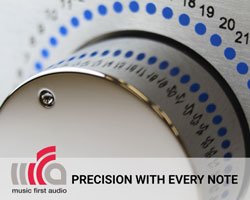







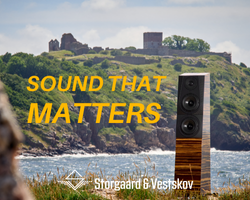















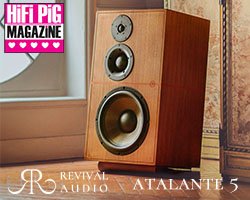

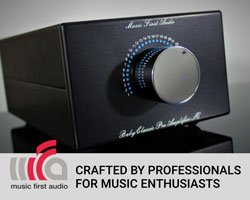






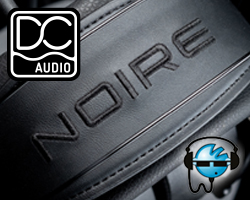





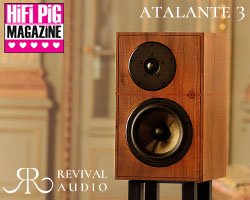













































You must be logged in to leave a reply.